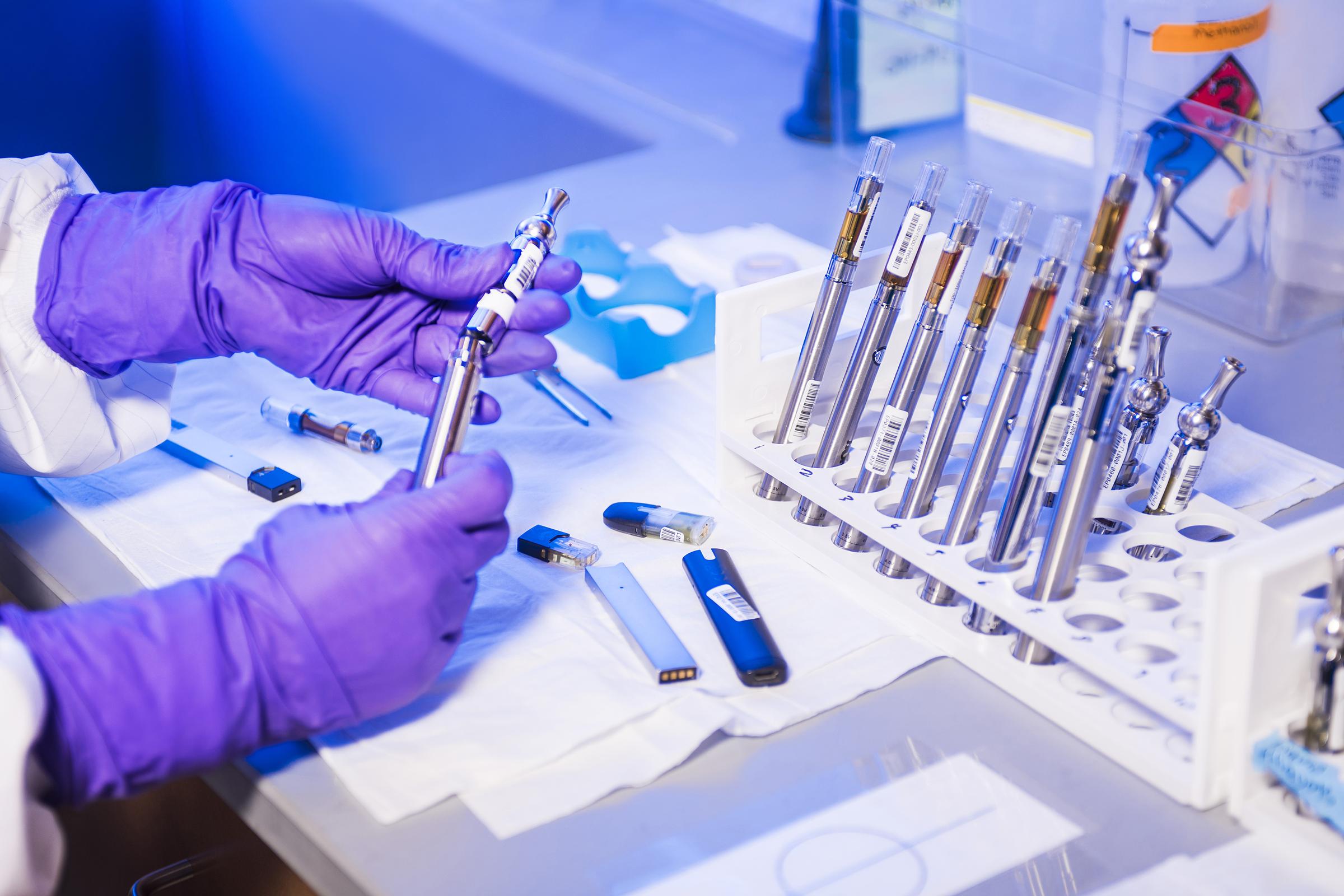Vaping information for Parents
from our School Nurse, Josie Mitchell

Vaping information for Parents
from our School Nurse, Josie Mitchell
Terminology: There are many names for electronic cigarettes, including e-cigarettes, e-cigs, vape pens, electronic nicotine delivery systems (ENDS) and alternative nicotine delivery systems (ANDS). The act of breathing in the vapour is known as ‘vaping’.
Electronic cigarettes are devices which deliver vapour for smoking. It consists of an atomizer, a power source (normally a USB), and a tank or cartridge for solution. Electronic cigarettes create vapour through heating a solution which turn to an aerosol which the user will breath into their lungs. This mimics a tobacco cigarette.
Electronic cigarettes were first marketed as a tool to quit smoking, however, was is not approved by the Therapeutics Goods Administration and this myth is globally challenged by the World Health Organisation. Research shows that children and adults who use e-cigarettes or vapes are much more likely to try and/or go back to smoking cigarettes than those who have not used them.
The liquids in electronic cigarettes are not controlled and can contain many harmful ingredients. Some research reported that there are between 80 and 8000 chemicals in solutions. Some of the main ingredients are heavy metals, propylene glycol, vegetable glycerine, flavourings, and nicotine. Many of these ingredients make a range of flavours such as fruits, chocolate and confectionary flavours like butterscotch and raspberry as examples, which specifically target young adults and children. Most of the flavourings alone have not been tested or research for safe use inside the human body especially the lungs.
In Australia, it is illegal to sell electronic cigarettes to people under the age of 18.
In Victoria, is also illegal to sell, possess or use liquid containing nicotine, with penalties up to $15,546.
Despite being unlawful, it was found that many solutions that stated they were nicotine free did contain nicotine. There is often more nicotine in e-cigarettes than in smoking cigarettes.Nicotine is highly addictive and can harm adolescents’ brain, affecting parts of the brain that control memory, attention, learning, mood and impulse control. The detrimental effects of electronic cigarettes are still emerging because such devices have only been around a short time. Use of e-cigarettes is linked to severe lung disease.
Parents play an important role in protecting children from electronic cigarettes. To help your child;
If you or your child are wanting to quit smoking or vaping, please talk to your GP or Quitline on 13 78 48. Your child can also get further information about quitting from the school nurse, local doctors and pharmacists.
Information from:
https://www.athra.org.au/vaping/the-law/
https://www.rch.org.au/kidsinfo/fact_sheets/E-cigarettes_and_teens/
https://www.betterhealth.vic.gov.au/health/healthyliving/e-cigarettes
https://www.health.gov.au/news/e-cigarettes-linked-to-severe-lung-illness
https://www.quit.org.au/resources/policy-advocacy/policy/e-cigarettes/